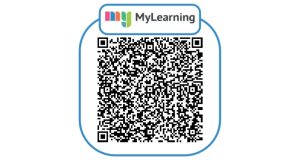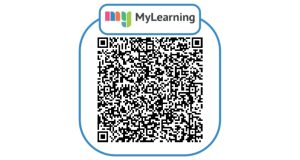
Understand how to promote wellbeing and safeguard people from harm
Introduction
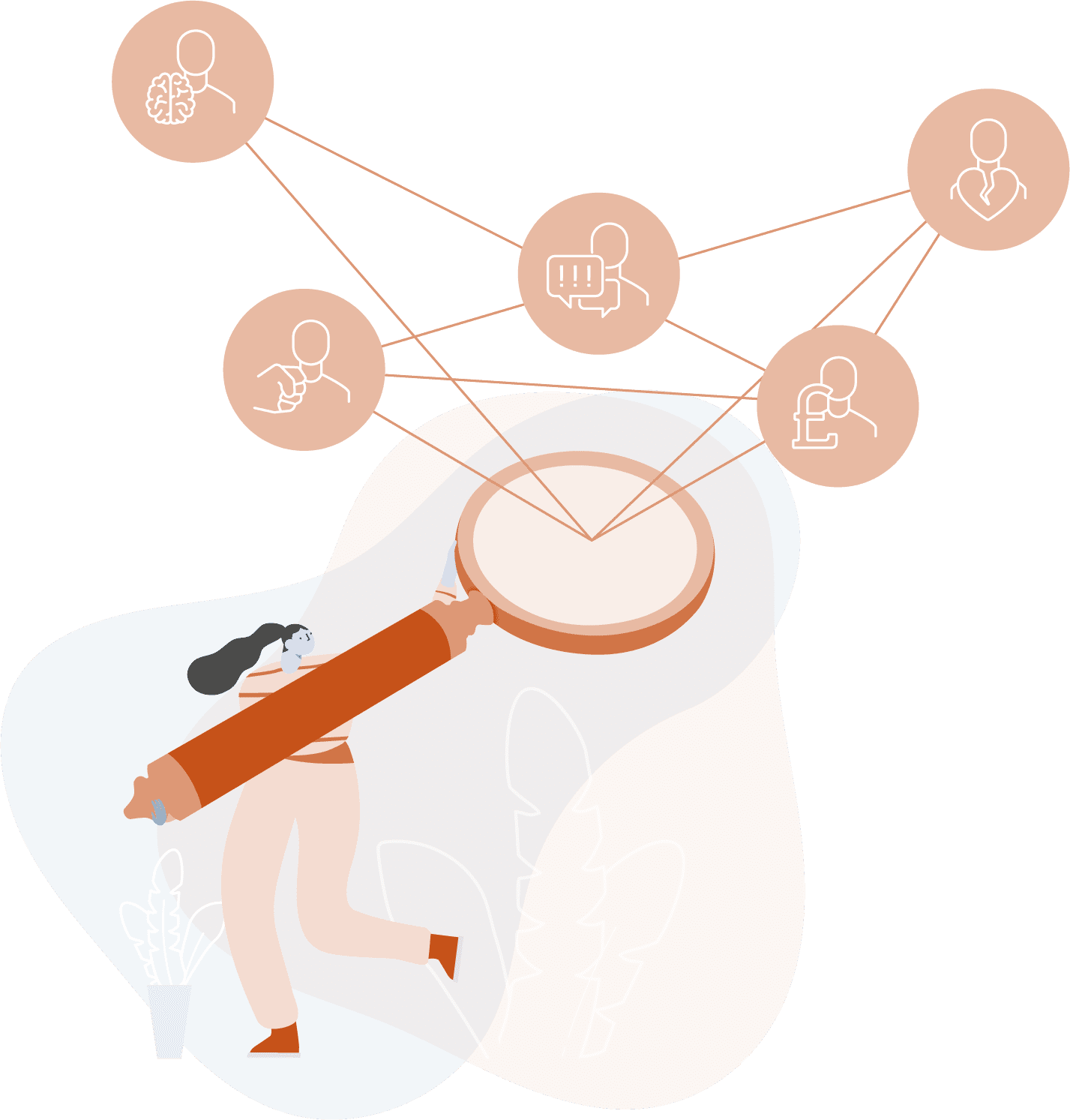
Promoting wellbeing and safety is a key responsibility, and set of skills, held by all child and adult care workers.
We have a full resource about staying safe and well (available from the main menu) in which you can learn all about types of wellbeing (physical, mental, emotional, spiritual and social) and explore the different knowledge and skills which support it.
In this resource we explore wellbeing again from a particular perspective: safeguarding people from harm. Everyone has a right to be protected from harm, and feeling and being safe is crucial to wellbeing.
Here’s a definition of safeguarding from the Scottish Charity Regulator.
Safeguarding is the action an organisation takes to promote the welfare of children and vulnerable adults to protect them from harm. This includes making sure the appropriate policies and procedures are put in place. Safeguarding includes child protection but goes further and extends to all vulnerable beneficiaries.
The first topic in this section is about children and young people’s wellbeing and protection. You will learn about Getting It Right For Every Child (GIRFEC) which is the national approach in Scotland to improving outcomes and supporting the wellbeing of all children and young people by offering the right help at the right time from the right people.
The second topic is about adults and you’ll learn about types of harm which put people’s wellbeing and safety at risk, and an important law called the Adult Support and Protection (Scotland) Act 2007.
1. Children and young people’s wellbeing and protection
It is the job of everyone who works with children and young people to ensure that their wellbeing is supported and that they are protected from harm.
In this topic we’ll help you to understand how social service workers and other professionals work together using the Getting It Right For Every Child (GIRFEC) approach.
We’ll look at SHANARRI indicators, part of GIRFEC, which are a way of understanding children’s wellbeing. According to this approach, every child has a right to be Safe, Healthy, Achieving, Nurtured, Active, Respected, Responsible, and Included.
How does GIRFEC help social service workers and other professionals to support wellbeing for all children and young people?
GIRFEC forms a foundation of Scotland’s strong track record of respecting, protecting, and fulfilling children’s rights in law, policy, and practice. A central part of Scotland’s vision is to make this country the best place to grow up. Children have the same rights as all other human beings as well as additional rights that recognise childhood as a special time that requires additional protection. A child’s fundamental human dignity as an individual, a family and a community member must be upheld in order for them to have the quality of life they need for their wellbeing and development.
Scottish Government 2022
GIRFEC has children and young people, and their families, at its heart. The approach recognises that for children and young people, their wellbeing is best promoted within their natural family unit.
Sometimes, parents and carers will need extra support because their child has temporary or permanent needs. Where there are serious concerns for a child’s wellbeing, a multi-agency child protection approach is taken, which means different professionals like social workers, health workers and teachers will work together. In most cases, they will work alongside parents and carers to improve a child’s wellbeing. In a small proportion of situations, local authorities might use legal measures to remove a child temporarily or permanently from their parents’ care.
Social workers employed by local authorities often have a lead role supporting children and young people, including those who receive compulsory intervention. They use a range of skills to promote their wellbeing and protect them from harm.
Children and young people at the centre
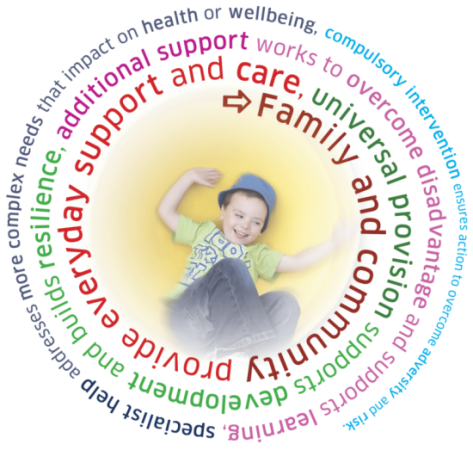
This image shows a child at the centre of a spiral of words which describe types of support and care that they have a right to. The words closest to the centre highlight the importance of everyday support and care like that provided by family, followed by universal provision like free education and healthcare. As the spiral expands out, additional types of support are introduced which can be offered to the child or young person, if ever needed, to promote their wellbeing and protect them from harm.
These words are arranged in the following way, starting from the centre.
- Family and community provide everyday support and care.
- Universal provision supports development and builds resilience.
- Additional support works to overcome disadvantage and supports learning.
- Specialist help addresses more complex needs that impact health and wellbeing.
- Compulsory intervention ensures action to overcome adversity and risk.
SHANARRI and The Wellbeing Wheel
The Wellbeing Wheel is a core part of the GIRFEC approach. It means everyone working with children and young people (whether in universal or specialist services) can have the same understanding of what support, if any, is needed to improve outcomes for them.
The wheel is created from the eight SHANARRI indicators. These wellbeing indicators (as they are often called) mean that children and young people, their parents and carers, and others who support them can use a shared language to describe and discuss what the children and young people need from the adults around them.
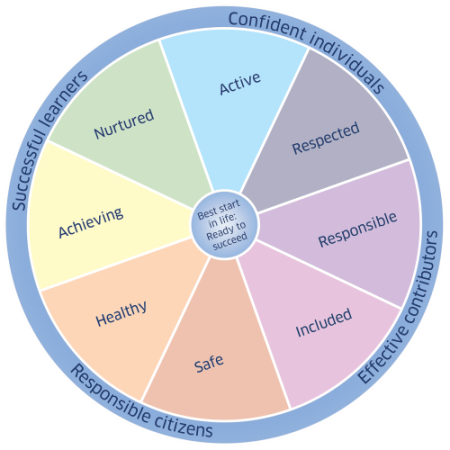
The Wellbeing Wheel has eight segments formed from the SHANARRI wellbeing indicators. These are Safe, Healthy, Achieving, Nurtured, Active, Respected, Responsible and Included. At the wheel’s centre is a positive outcome for the child or young person, which is having the best start to life and being ready to succeed. Four phrases, known as capacities, are written in the outer circle and provide a link to the Curriculum for Excellence which is followed by schools across Scotland. These are: successful learners, confident individuals, effective contributors and responsible citizens.
The Wellbeing Wheel is a holistic tool, which means it has more value when viewed as a whole in which every part is connected. Looking at wellbeing needs in a holistic way means that all aspects of a child’s experience and development are considered. This can help identify areas where support or protection are needed. It can also help identify when a child is already well supported by their parents or carers, or where additional support is successfully helping a child’s circumstances to improve.
Click on the buttons below to reveal some fictional examples of the Wellbeing Wheel being used in different settings.
Case examples
Befriending service
Nursery
School
Click on the rows below to hide or reveal a case study activity and further resources.
Note: the fictional case study below describes domestic abuse and people with lived experience may find it upsetting. Care should also be taken if doing the activity in a group.
You are a social worker who is asked to attend a formal child protection discussion about Oscar, a seven year old boy whose father has been charged with assaulting Oscar and his mother, Lauren. A range of other agencies are taking part, including the police and Oscar’s school.
When police officers had responded to the initial allegation of assault to Lauren, they asked to see Oscar and found that he too had been injured. Oscar had a red mark on his face. He told the officers that his father had hit him with a mug he’d thrown at his mother. The officers noted that Oscar’s mother Lauren started to cry and cuddled him while he was speaking.
The police officers supported Oscar and Lauren to move to a place of safety. Using the wellbeing indicators, the police officers were able to consider Oscar’s wellbeing and protection needs. They share this information during the child protection discussion.
Answer the following questions about Oscar’s wellbeing and protection. If you want to record your notes we recommend using MyLearning.
- Which wellbeing indicators are the police officers able to comment on?
- Which wellbeing indicators do police officers know nothing about?
- How might you, as a social worker, be able to get further insight into Oscar’s wellbeing using the Wellbeing Wheel?
- Who else do you want to talk to (at the meeting, or after) to get more information about Oscar’s wellbeing?
2. Adult support and protection
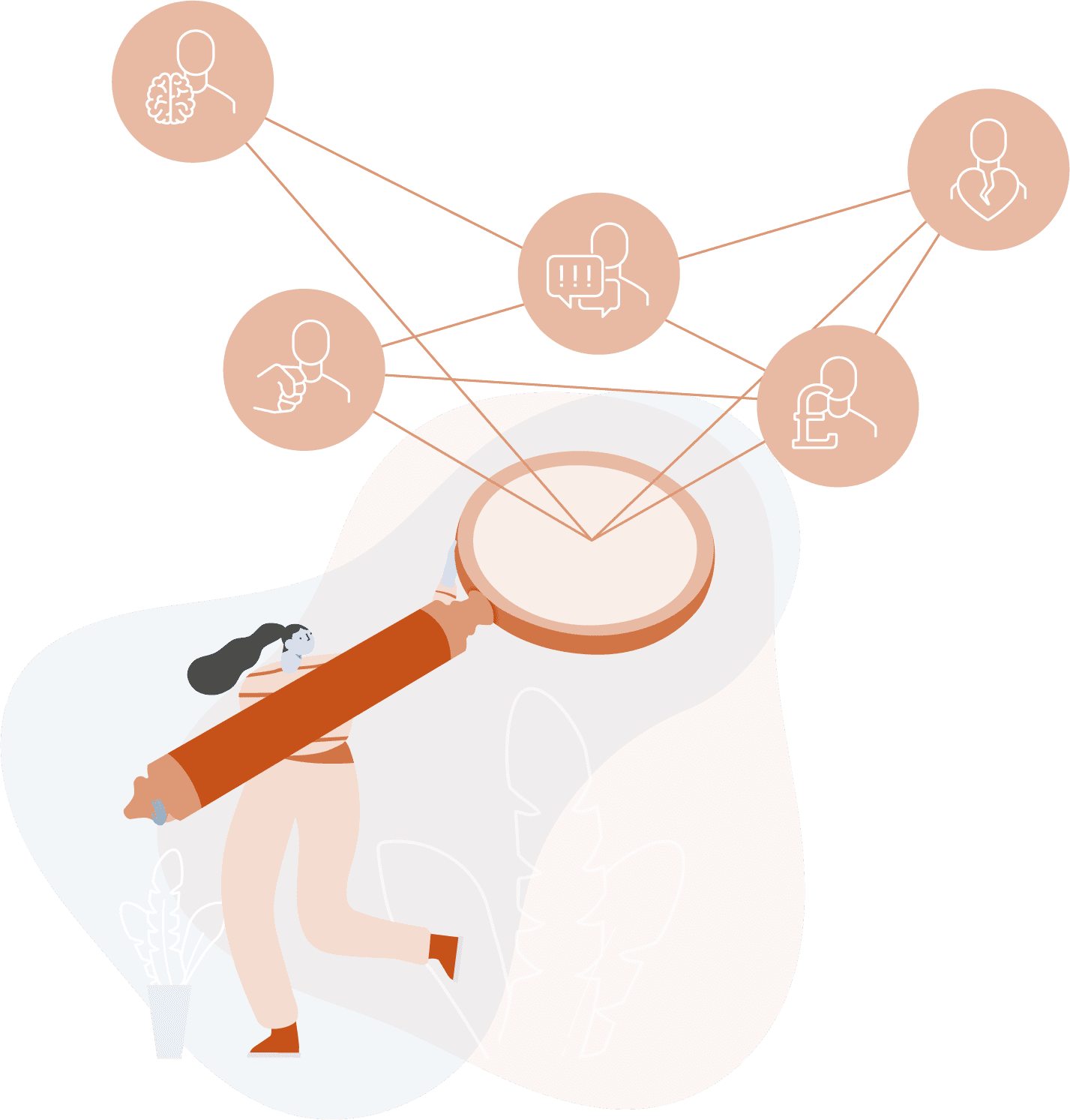
Everyone in Scotland has the right to be safe and protected from harm.
In order to provide effective support care workers must take part in training and maintain their knowledge and skills. This gives them the confidence to recognise signs of actual or potential harm and abuse and take appropriate action.
It is important that care workers use their knowledge responsibly, and work respectfully with people in a way which promotes their rights and choices, and helps them to safeguard their own wellbeing.
Care workers have a responsibility for adults they support, but they may also find their training helpful when they meet adults in the wider community who may be at risk.
Adults at risk: the three point test
The Adult Support and Protection (Scotland) Act 2007 aims to protect ‘adults at risk’. The Act defines adults at risk as those aged over 16 years and over who:
- are unable to safeguard their own wellbeing, property, rights or other interests
- are at risk of harm, and
- because they are affected by disability, mental disorder, illness, or physical or mental infirmity, are more vulnerable to being harmed than adults who are not so affected.
Care workers are more likely to meet adults at risk than some other types of worker. However it’s important to remember that an adult with a disability or illness who is using a care service is not automatically an ‘adult at risk’.
Seen something? Say something.
Play the video below from the Act Against Harm website. The website was created for the general public to help them understand more about adult support and protection.
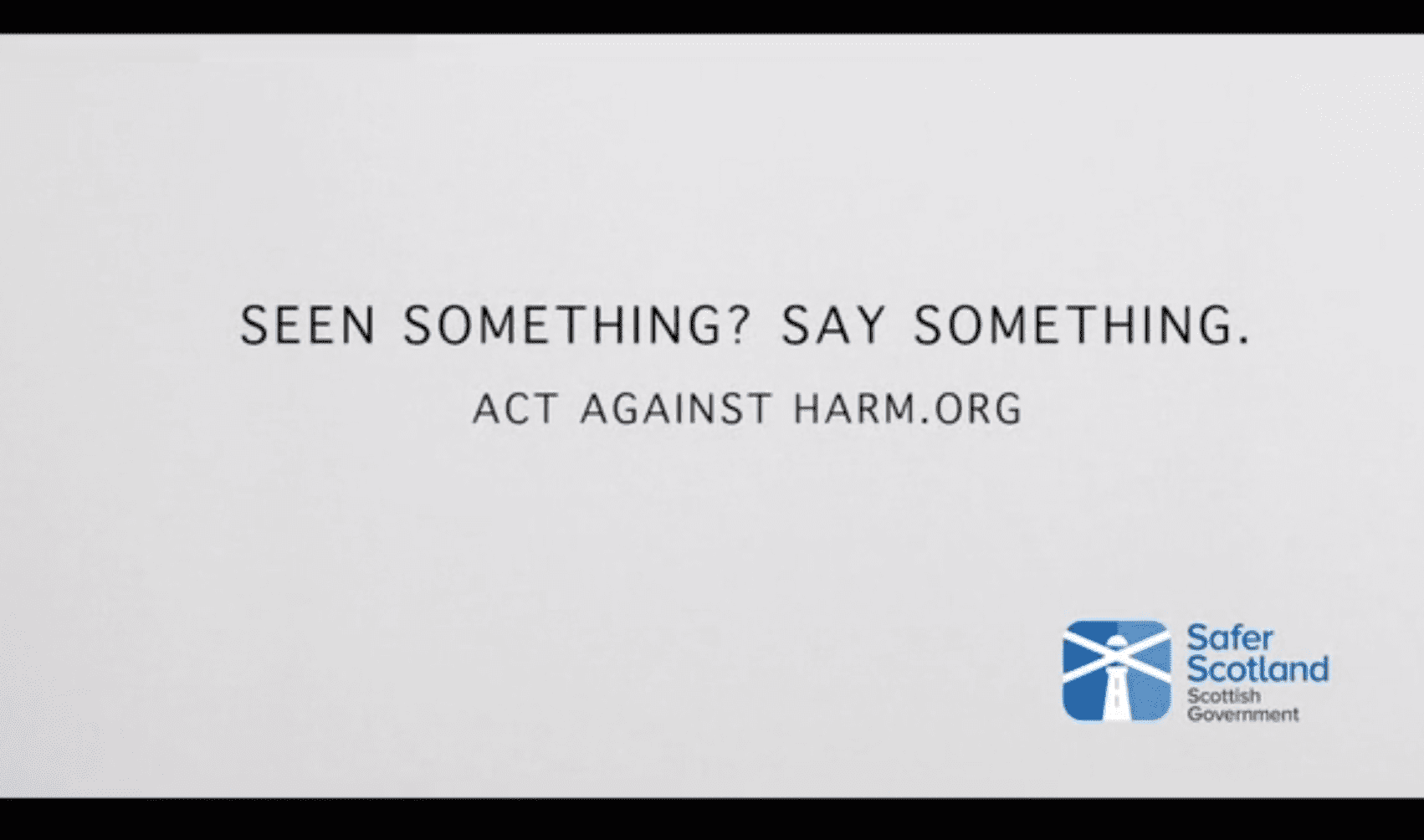
Harm can be anything that has a detrimental effect on the wellbeing of a person.
If you think a person may be at risk of any type of harm, you must report without delay so it can be investigated. If you are a member of the public you can report to the local authority and they will determine if the person meets the three-point test. If you are already working in a care service you should follow your training and your employer’s adult protection procedure.
Activity: types of harm
Click on the buttons below to open a box with more information about some different types of harm. This is not a complete list.
Take some notes about each kind of harm. Think about whether you have witnessed any of these types of harm, either at home, education or in previous jobs. If possible, describe what you did or could have done. For example, did you tell anyone? We recommend you use MyLearning to record your notes.

Financial
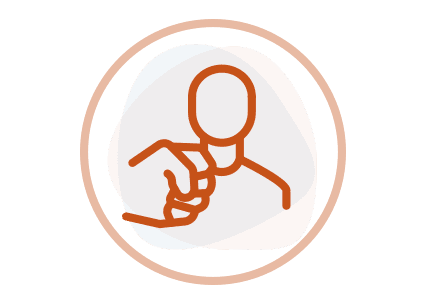
Physical
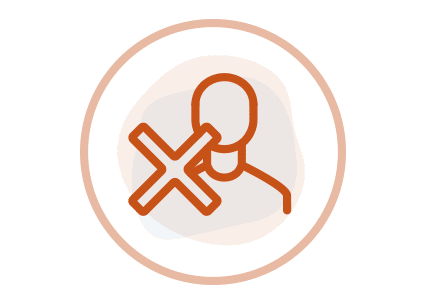
Neglect or acts of omission
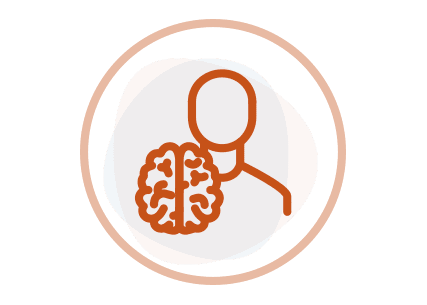
Psychological or emotional
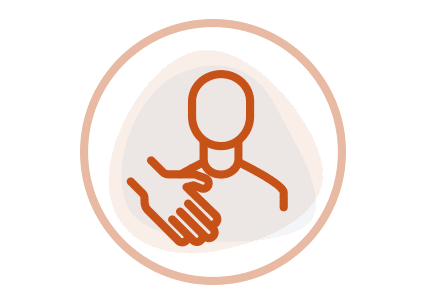
Sexual

Discriminatory abuse
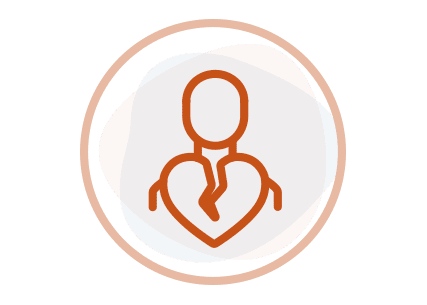
Self-harm
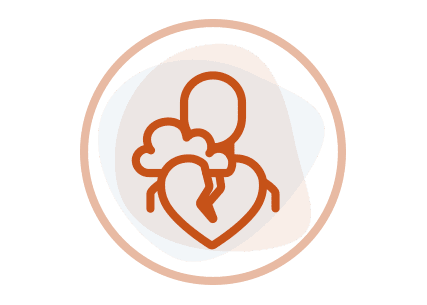
Self-neglect
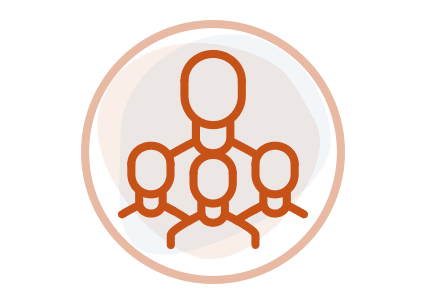
Organisational/institutional
Go further
The SSSC has an adult support and protection quick guide for social care workers. It was written in 2020 during the COVID-19 pandemic. During the pandemic, when we all had to stay at home more and even self-isolate, it was recognised that some people would be at a greater risk of harm. This guide was created as an easy reference to help care workers make sure adults were safe and protected.
End of section

You’ve now completed the second section of this resource. Scroll down to find the final section.
We encourage you to take some notes on the MyLearning app as you go along of the things you find interesting, or answers to some of the activity questions. This could help you later as you prepare to start your career.
More sections in this resource
This resource has three sections to work through, all related to promoting rights and choices. Each of the sections includes a number of topics.
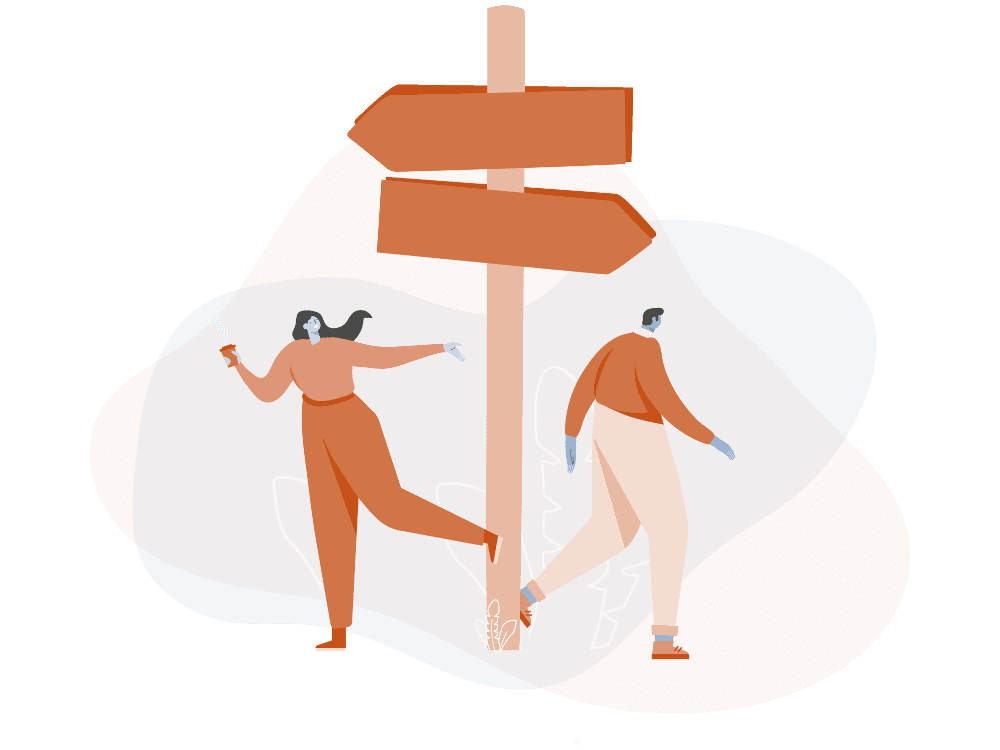
Identify how rights and choices can be promoted in a real care service
In this final section you’ll have a chance to imagine what it’s like to promote rights and choices in everyday practice. You’ll look around a bedroom, ensuite bathroom and stairway in a care home service and identify items in each room which provide care workers an opportunity to demonstrate their knowledge and skills in this area.




